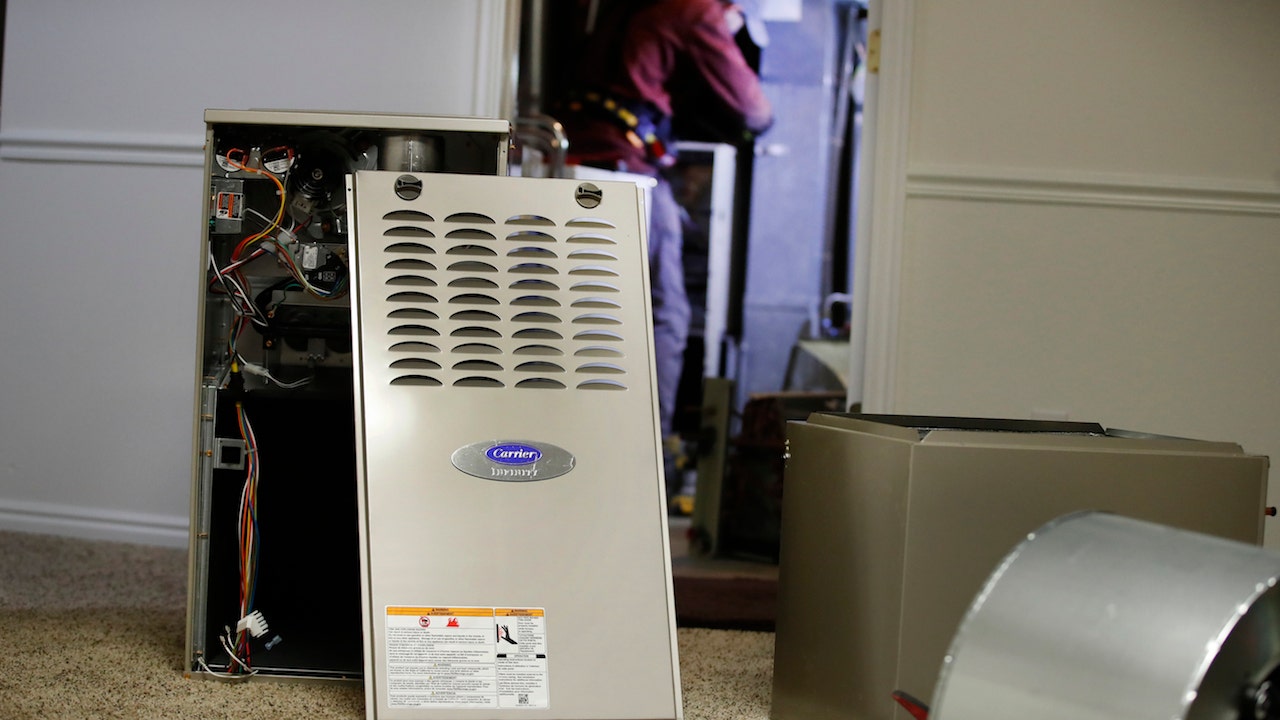Earlier in May, two starkly different fiscal news items highlighted the divergent paths taken by North Carolina and California. While North Carolina celebrated news of projected revenue surpluses in 2024 and 2025, California is grappling with a $44.9 billion budget deficit. How did these two states end up in wildly different places?
The contrast is emblematic of the philosophies governing these states. North Carolina’s conservative fiscal policies, emphasizing low taxes and restrained spending, widely differ from California’s high tax rates and expansive spending programs. The recent outcomes suggest that North Carolina’s approach offers a model of responsible governance from which other states, including California, could learn.
North Carolina’s success results from deliberate and sustained conservative fiscal policies. The state embarked on a series of tax reforms, which started in 2013 and were the largest in its history. These reforms included reducing the personal income tax rate from a progressive structure topping out at 7.75% to a flat rate of 4.75%, scheduled to drop further to 3.99% by 2026. Corporate tax rates were also slashed from 6.9% to 2.5% — the lowest in the nation for states that levy such a tax — with plans to phase it out entirely by 2030.
CALIFORNIA HAS YET TO PROVIDE 1,200 TINY HOMES FOR STATE’S HOMELESS THAT WERE PROMISED IN MARCH 2023
These tax cuts were not merely superficial adjustments but were coupled with prudent spending measures. North Carolina’s general fund spending has been managed to ensure essential services are funded without resorting to excessive borrowing.
The massively slow and expensive construction of the California bullet train project is photographed in Corcoran, California, left, and Hanford, California, right. (Robert Gauthier/Los Angeles Times via Getty Images | George Rose/Getty Images)
Fiscally conservative policies retired 40% of state debt within a decade, reducing general fund-supported debt from $6.5 billion in 2012 to $3.9 billion by 2021. Moreover, the state has avoided budgetary gimmicks and one-time fixes, focusing instead on long-term fiscal sustainability.
Spending restraint has been a hallmark of North Carolina’s approach. State legislators have maintained strict controls on spending growth, ensuring expenditures do not outpace revenue. This disciplined approach has allowed North Carolina to build substantial reserves, including a savings reserve (or “Rainy Day Fund”) that currently stands at $4.75 billion, equivalent to just over 15% of the 2023-24 state general fund budget.
This fiscal prudence has positioned North Carolina to weather economic downturns without resorting to drastic cuts or tax hikes, avoiding volatility in the lives of state workers.
The result? North Carolina has seen robust economic growth. According to the John Locke Foundation’s 2024 North Carolina Budget, Tax, and Economic Highlights, from 2016 to 2022, North Carolina’s per capita income grew at an average annual rate of 5.3%, higher than the national average and highest among its neighbors. North Carolina’s real GDP increased by a total of 11.4% from 2017 to 2022, which is also higher than the national average.
In contrast, California has pursued a high-tax, high-spending approach. The state imposes some of the highest tax rates in the country, including a top personal income tax rate of 13.3% and a corporate tax rate of 8.84%. According to the California Policy Center, “In just the last ten years, the General Fund budget has grown by 84 percent after adjusting for inflation and for population growth.”
California ranked No. 49 in the Fraser Institute’s 2023 economic freedom report, which evaluates states and provinces based on variables such as government spending, taxes, labor market freedom, and more. North Carolina ranked No. 13. A significant portion of California’s tax revenue comes from capital gains taxes, making the state highly dependent on the stock market’s performance. In boom times, this can lead to substantial windfalls; however, it also means that revenue is highly volatile and can plummet during market downturns, leading to substantial budget deficits.
Its expansive spending on social programs, education and healthcare exacerbated California’s fiscal woes. While these programs initially aimed to provide a high level of public service, they have also led to fiscal instability.
Democratic California Gov. Gavin Newsom leads a state that has gone from surplus to a huge deficit. (Justin Sullivan/Getty Images)
A key issue is that high tax rates have not translated into stable revenue streams. The Golden State’s reliance on high-income earners and capital gains means that its revenue is highly volatile, fluctuating significantly with economic cycles. The New York Times said, “When the rich do well, the state government reaps a bonanza. But when the stock market slumps or initial public offerings dwindle, revenue plummets.”
CLICK HERE FOR MORE FOX NEWS OPINION
This volatility makes budgeting challenging and often results in substantial deficits during economic downturns.
California’s budget process is further complicated by the state’s commitment to numerous unfunded mandates and pension liabilities. The state’s pension system is underfunded by billions of dollars, putting additional strain on the budget. Despite high tax revenues, the state frequently finds itself in a fiscal crisis, forced to make painful cuts or propose tax increases to balance the budget.
When a state’s budget is volatile, the effects on state workers such as teachers, state park employees and correctional officers can be profound and destabilizing. Budget unpredictability often leads to cycles of boom and bust, where periods of fiscal surplus may result in temporary increases in salaries, hiring and program funding, only to be followed by sharp cutbacks, layoffs and pay freezes during downturns.
This instability can create a climate of uncertainty and low morale among state employees, who may face the constant threat of job insecurity and reduced benefits.
North Carolina’s fiscal discipline offers a blueprint for other states, demonstrating that conservative fiscal policies can lead to economic stability and growth. By maintaining low taxes and controlling spending, North Carolina has created an environment conducive to business and investment, fostering economic resilience even during challenging times.
California, on the other hand, illustrates the pitfalls of high taxes and expansive spending without adequate fiscal controls. As the nation observes these contrasting outcomes, it becomes clear that responsible budget management, as exemplified by North Carolina, is essential for economic prosperity. States should adopt similar conservative fiscal policies to achieve stable and sustainable economic growth.
Donald Bryson is CEO of the John Locke Foundation, a free-market public policy think tank in Raleigh, N.C.




 Video
Video